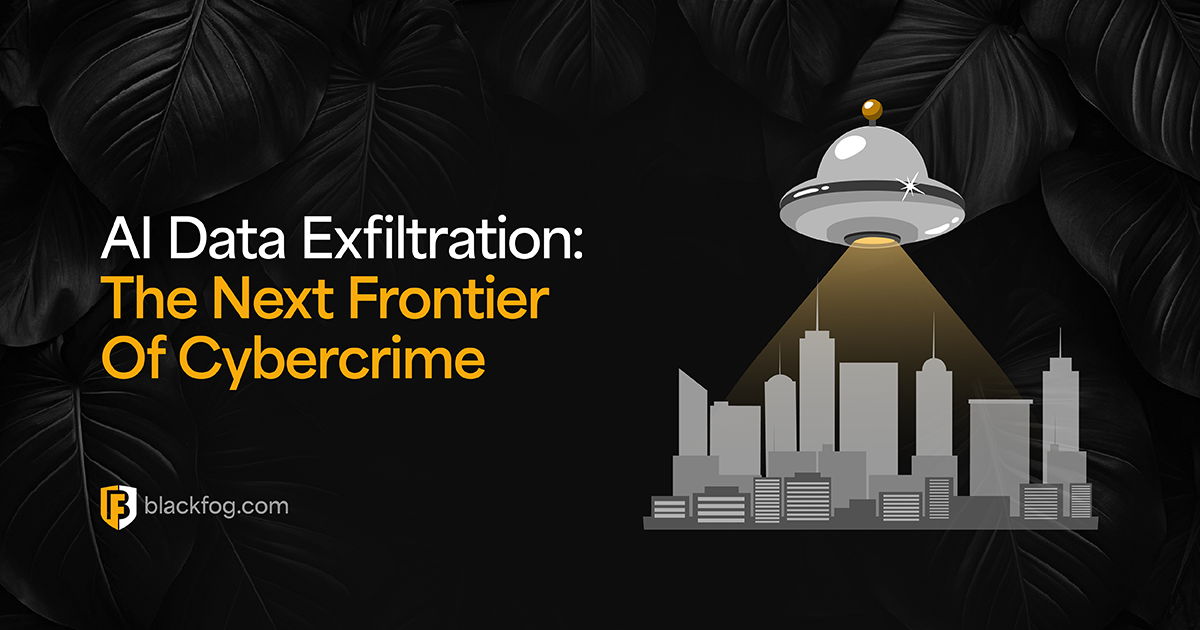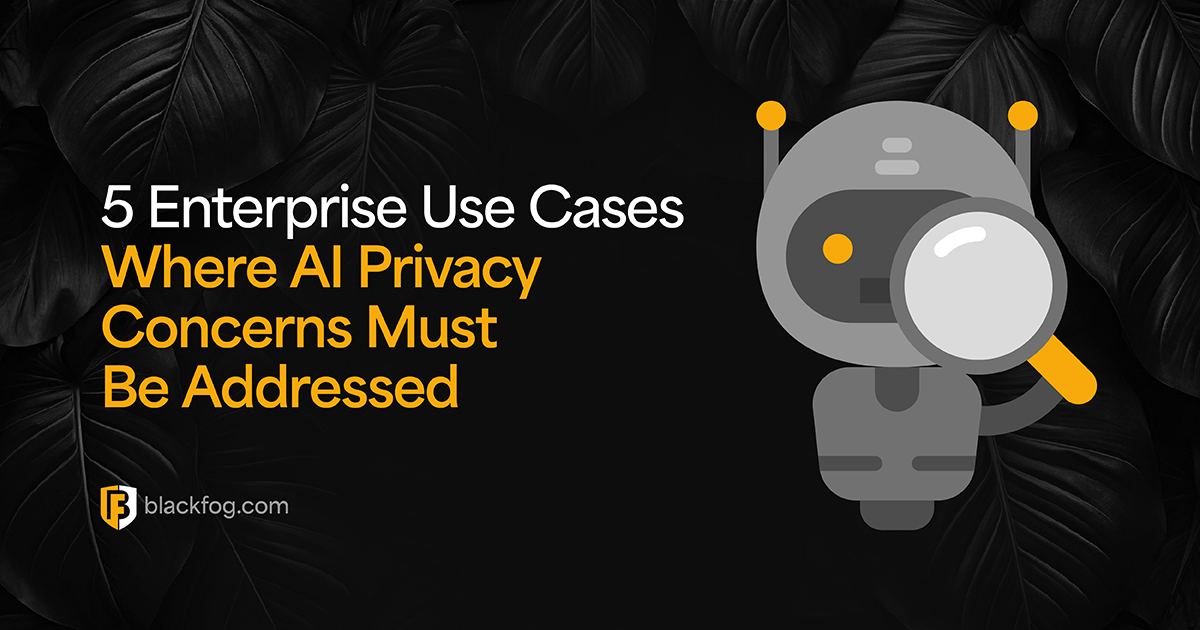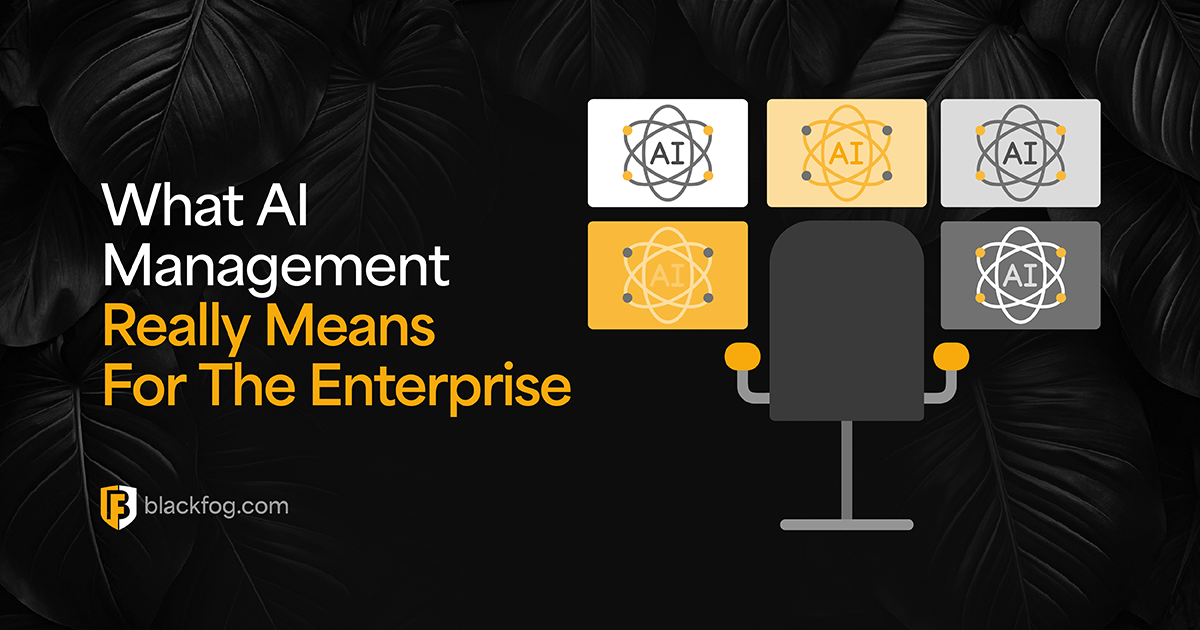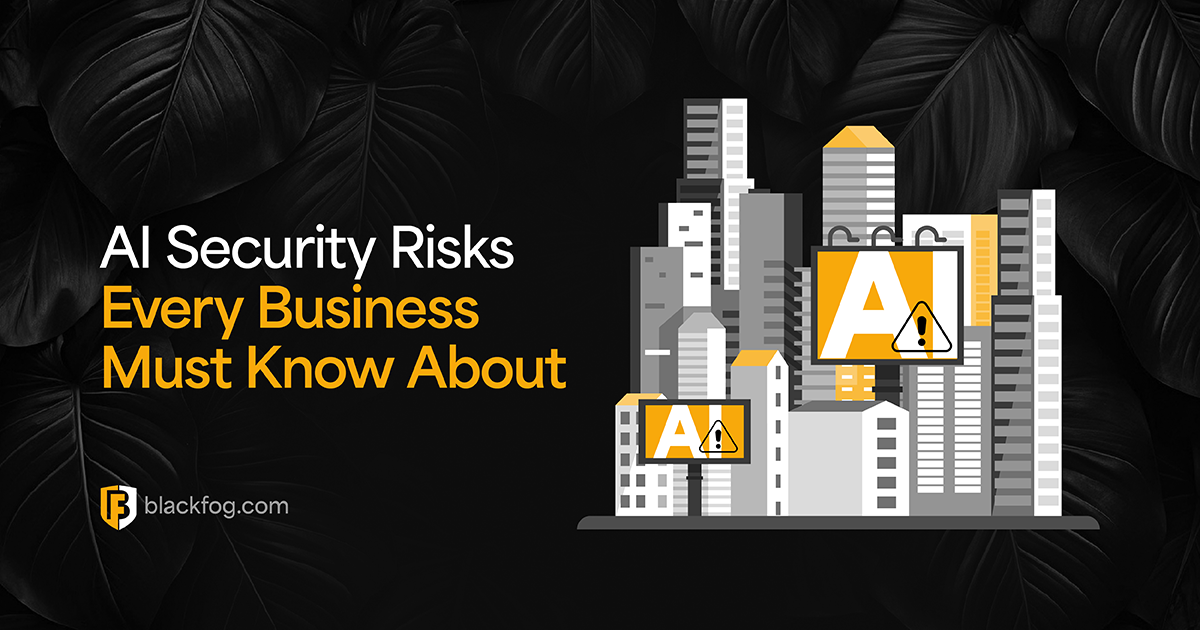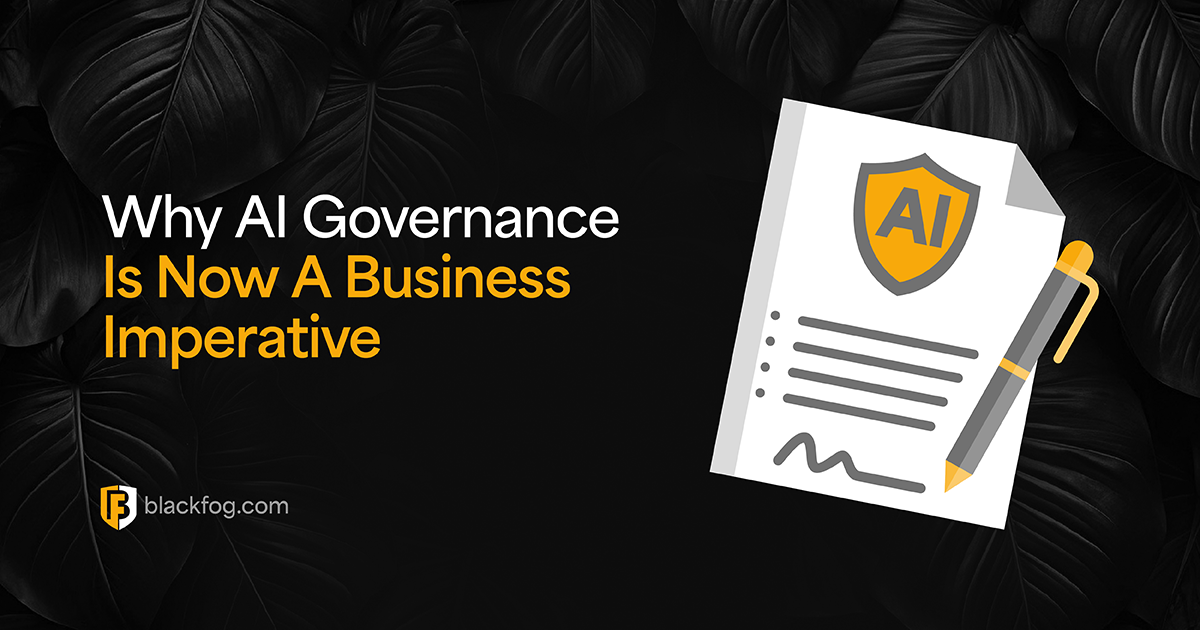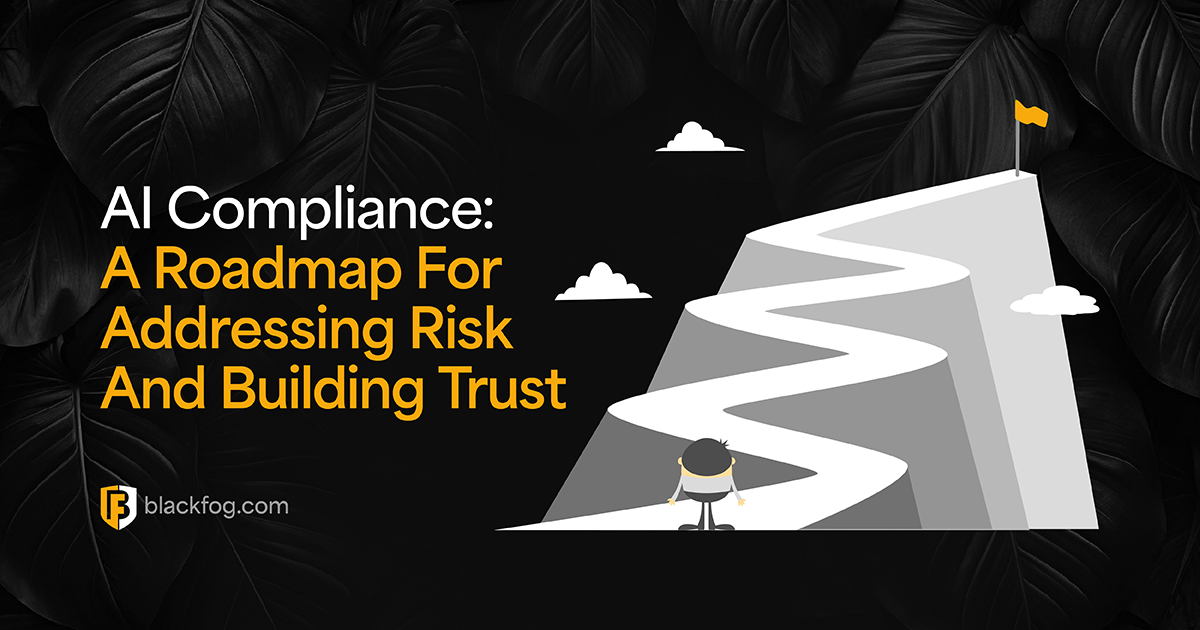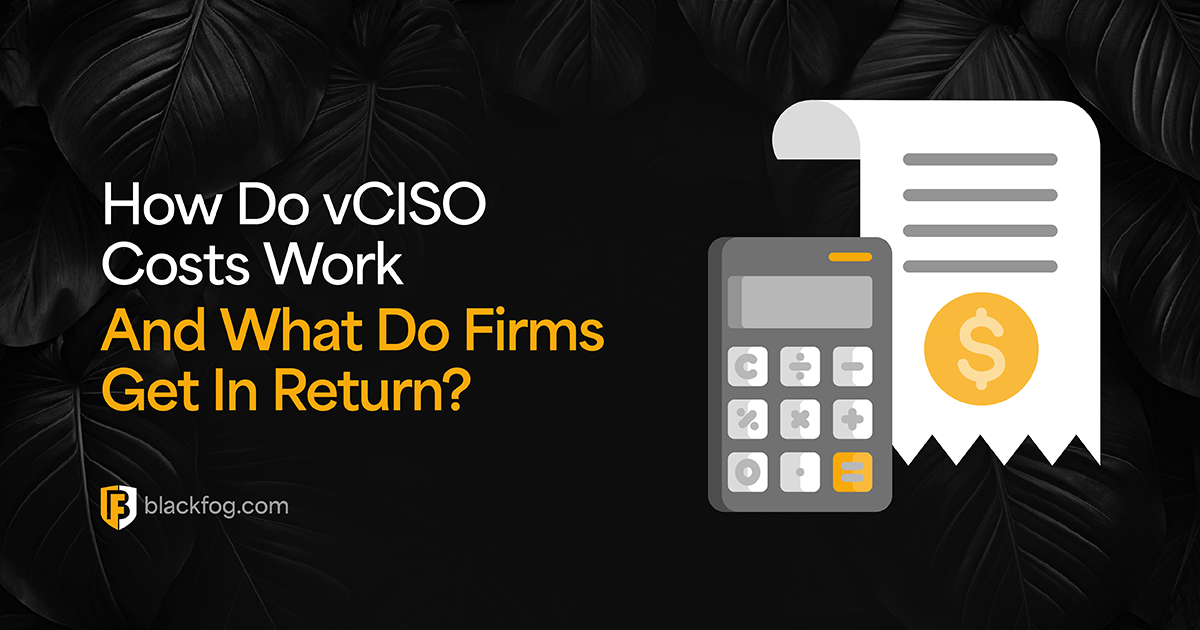
How Do vCISO Costs Work – And What Do Firms Get In Return?
Smaller businesses are facing growing pressure from cybercriminals, with ransomware being the most common threat they encounter. According to Verizon’s 2025 Data Breach Investigations Report, 88 percent of breaches involving small and medium-sized enterprises (SMEs) included ransomware, compared with just 39 percent for large enterprises.
These attacks can halt operations, leak sensitive data and result in costly recovery efforts. Yet many SMEs lack the cybersecurity leadership needed to build resilience – which may be one reason why they are targeted by threat actors. Hiring a full-time chief information security officer (CISO) is often unrealistic for less-sizable firms due to talent shortages and high salary demands. That’s why many organizations are turning to virtual CISO services (vCISOs). This offers a flexible, cost-effective way to gain access to experienced cybersecurity leadership without the overhead of a permanent executive.
What Factors Go Into vCISO Costs?
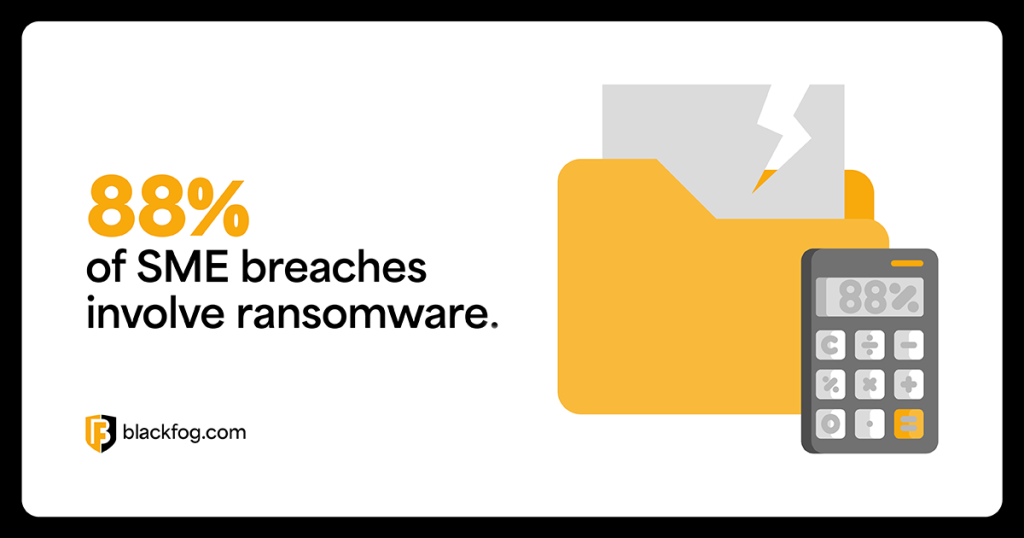
For smaller organizations or those that have limited resources, the vCISO model provides a practical alternative to full-time or in-house employees or a traditional outsourced CISO. They can provide strategic oversight, compliance support and risk management without large upfront costs or the need for lengthy onboarding.
However, the cost of vCISO services can vary significantly depending on the scope and complexity of what’s needed. Since no two businesses have the same risk profile, infrastructure or regulatory requirements, vCISO engagements are typically tailored on a case-by-case basis to the unique needs of the organization. Key factors influencing cost include:
- The size of the organization and number of endpoints.
- Regulatory environment (eg HIPAA, GDPR, PCI-DSS).
- Required level of involvement (for instance, strategic only vs. hands-on).
- Frequency of reporting and board engagement.
- Inclusion of ongoing threat monitoring or incident response support.
Common Pricing Models For vCISO Services
A vCISO service isn’t a one-size-fits-all solution and the way they’re priced reflects this. Different providers offer a range of models designed to suit different business sizes, levels of cybersecurity maturity and operational needs. Understanding how these models work can help firms choose the right approach for their budget and long-term goals, ensuring they end up with technology and a delivery model that suits their network environment.
The most common options when looking at vCISO solutions are:
- Monthly retainer: A fixed monthly fee covering a defined scope of work. Ideal for ongoing strategic support and regular engagement, particularly for businesses looking to build long-term resilience.
- Hourly or day rate: Flexible pricing based on time used. Suitable for short-term needs, such as risk assessments, policy development or compliance reviews.
- Project-based pricing: One-off engagements tied to specific deliverables, such as incident response plans or audit preparation. Well-suited to businesses with a defined goal or deadline.
- Bundled with technology: Some providers deliver vCISO services alongside managed tools or platforms, offering added value for firms needing both leadership and active threat prevention.
In-House Vs vCISO: Cost Comparison
Hiring a full-time, in-house CISO involves significant costs. When salary, benefits, training and other overheads are considered, it can easily be a six-figure annual outlay. It also requires time-consuming recruitment and ongoing investment in supporting resources. In contrast, a vCISO provides access to the same level of expertise on a more flexible basis, without long-term financial commitment.
While in-house roles may offer deeper day-to-day involvement, vCISOs deliver strategic guidance and security oversight to mitigate cybersecurity risks at a lower cost. For many firms, especially those with limited budgets or evolving needs, managed vCISO services provide a more scalable, cost-effective way to establish strong cybersecurity leadership.
What Should Be Included In A vCISO Package?
Not all vCISO services are created equal. While pricing varies, so does the level of service on offer. However, there are a few key elements every business should expect as part of a well-rounded vCISO package, especially if they’re relying on it as a primary source of cybersecurity leadership. Things to look out for include:
- Security strategy development: A tailored cybersecurity roadmap aligned to business objectives, risk appetite and regulatory requirements.
- Risk assessment and gap analysis: Identifies vulnerabilities in systems, processes and policies to prioritize mitigation efforts.
- Regulatory and compliance support: Guidance on meeting standards such as GDPR, HIPAA or ISO 27001 to reduce legal and reputational risk.
- Incident response planning: Creation of tested plans to ensure fast, coordinated action during cyber incidents.
- Threat monitoring and intelligence: Regular reviews of the threat landscape to inform proactive defense measures.
- Executive reporting: Clear, actionable insights to keep leadership informed and support decision-making.
- Staff awareness training: Support for improving internal cybersecurity culture and reducing human error.
How To Evaluate vCISO Value
The value of a vCISO shouldn’t be judged on cost alone. While affordability is important, what truly matters is how well the service reduces risk and strengthens your overall security posture. Businesses should assess performance based on clear metrics, including:
- Frequency of risk assessments and updates.
- Number of threats detected or prevented.
- Improvements in compliance readiness.
- Incident response times.
- Reduction in attack surface or vulnerabilities.
These indicators provide a more meaningful view of long-term value. In today’s threat landscape, where ransomware and data exfiltration are among the most damaging risks faced by any business, a capable vCISO can make the difference between resilience and disruption. Choosing one that actively prevents data exfiltration can protect against consequences that are not just costly, but potentially business-ending.
Share This Story, Choose Your Platform!
Related Posts
AI Data Exfiltration: The Next Frontier Of Cybercrime
How are cybercriminals using AI data exfiltration to enhance their ransomware attacks and what must businesses do to counter these threats?
5 Enterprise Use Cases Where AI Privacy Concerns Must Be Addressed
AI privacy concerns are rising with AI adoption - five use cases highlight the key issues businesses must consider.
What AI Management Really Means For The Enterprise
Ongoing AI management is essential in maintaining compliance in a challenging environment. Here's what businesses need to consider.
AI Security Risks Every Business Must Know About
AI Security Risks are growing as AI embeds in business. What key threats must firms address to stay compliant with data regulations?
Who’s Really In Charge? Why AI Governance Is Now A Business Imperative
Find out why a strong AI governance program will be essential if enterprises are to make the best use of the highly in-demand technology.
AI Compliance: A Roadmap For Addressing Risk And Building Trust
AI compliance is set to be a major focus for businesses in the coming year. Here's what you need to know to make this as easy as possible.

